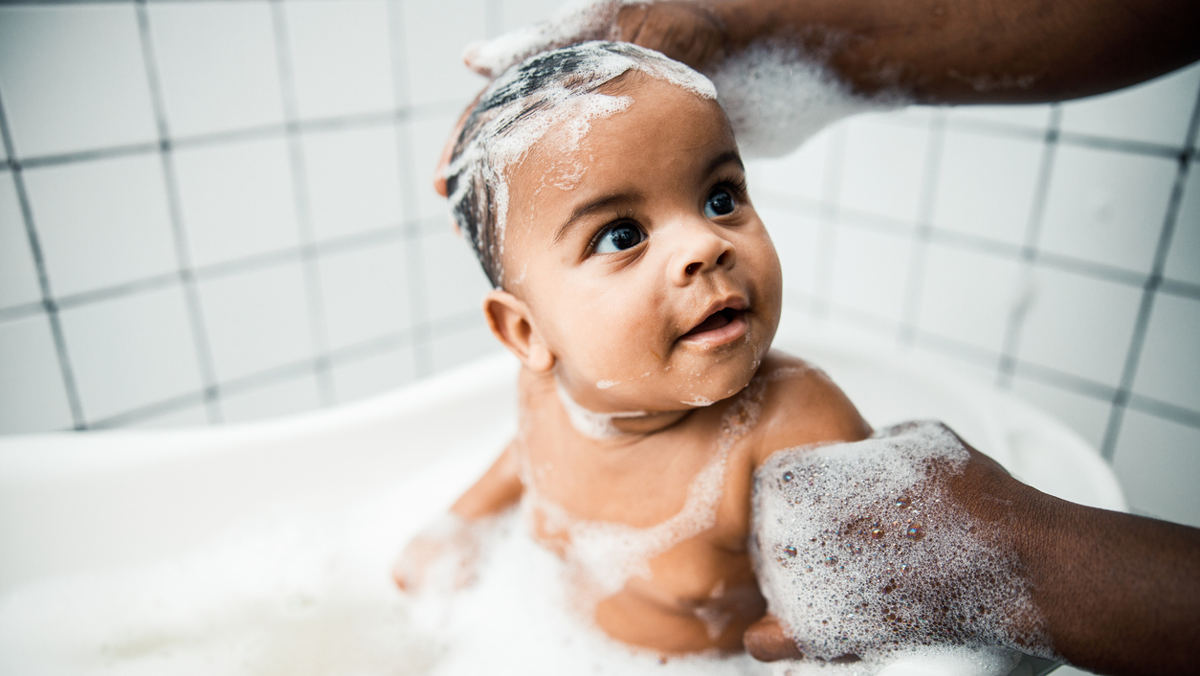
Baby Care and Bath: A Comprehensive Guide for New Parents
Introduction
The arrival of a newborn baby brings immense joy and responsibility to parents. Among the essential aspects of caring for an infant is maintaining their hygiene and well-being through proper bathing practices. This comprehensive guide will provide new parents with detailed information on baby care and bath, covering everything from choosing the right products to creating a safe and comfortable bathing environment.
Understanding Baby Skin
Baby skin is delicate and sensitive, requiring special care to protect it from irritation and dryness. Compared to adult skin, it is thinner, has a higher pH level, and produces less natural oils. These factors make it more susceptible to environmental factors and harsh chemicals.
Choosing the Right Bath Products
When selecting bath products for your baby, prioritize gentle and hypoallergenic options. Avoid products containing fragrances, dyes, or harsh ingredients that can irritate their skin.
- Baby Wash: Opt for a tear-free, pH-balanced baby wash that is specifically designed for infants.
- Baby Shampoo: Choose a gentle shampoo that is sulfate-free and contains natural ingredients like chamomile or lavender.
- Baby Lotion: Apply a fragrance-free, hypoallergenic baby lotion after bathing to moisturize and protect their skin.
- Baby Oil: Baby oil can be used sparingly to prevent dryness and soothe minor skin irritations.
Creating a Safe and Comfortable Bathing Environment
- Water Temperature: The ideal water temperature for a baby bath is between 90°F and 100°F (32°C and 38°C). Use a bath thermometer to ensure the water is not too hot or too cold.
- Bath Support: Use a baby bathtub or infant bath seat to provide support and prevent your baby from slipping.
- Towels and Washcloths: Keep soft, absorbent towels and washcloths nearby for drying and cleaning your baby.
- Room Temperature: Ensure the bathroom is warm and draft-free to prevent your baby from getting cold.
Step-by-Step Bathing Instructions
- Gather Supplies: Collect all necessary supplies, including baby wash, shampoo, lotion, towels, and a washcloth.
- Undress and Clean: Undress your baby and use a warm, damp washcloth to gently wipe their face, neck, and diaper area.
- Fill the Tub: Fill the baby bathtub or sink with warm water and check the temperature.
- Support Your Baby: Hold your baby securely in one arm while supporting their head and neck with the other.
- Wash Their Hair: Apply a small amount of baby shampoo to your hand and gently massage it into their hair. Rinse thoroughly with warm water.
- Wash Their Body: Use a baby wash and a soft washcloth to gently wash their body, avoiding their eyes and mouth.
- Rinse Thoroughly: Rinse your baby’s body thoroughly with warm water to remove any soap residue.
- Dry Your Baby: Wrap your baby in a soft towel and pat them dry. Avoid rubbing, as it can irritate their skin.
- Apply Lotion: Apply a fragrance-free, hypoallergenic baby lotion to their skin to moisturize and protect it.
Special Considerations
- Newborn Baths: For newborns, sponge baths are recommended until their umbilical cord falls off. Use a warm, damp washcloth to gently clean their skin.
- Baby Eczema: If your baby has eczema, use fragrance-free, hypoallergenic products and avoid harsh soaps or detergents. Apply a thick, emollient moisturizer after bathing.
- Baby Acne: Baby acne is common and usually resolves on its own. Avoid picking or squeezing the pimples and use gentle, fragrance-free products.
- Diaper Rash: Diaper rash can be prevented by changing diapers frequently and using a diaper cream or ointment.
Frequency of Bathing
The frequency of bathing for babies varies depending on their age and activity level. Generally, it is recommended to bathe newborns 2-3 times per week and older babies 3-4 times per week.
Conclusion
Baby care and bath are essential aspects of ensuring your infant’s health and well-being. By understanding their delicate skin, choosing the right products, and creating a safe and comfortable bathing environment, you can provide your baby with the best possible care. Remember to consult with your pediatrician if you have any concerns or questions about your baby’s bathing routine.
